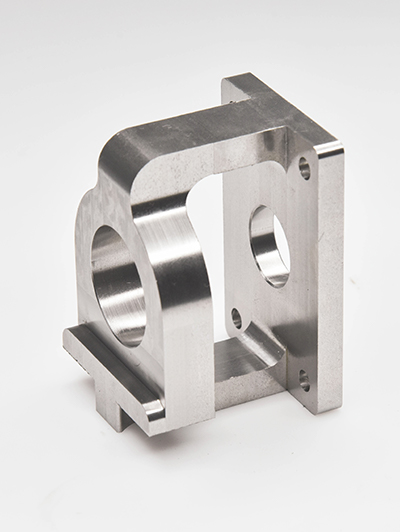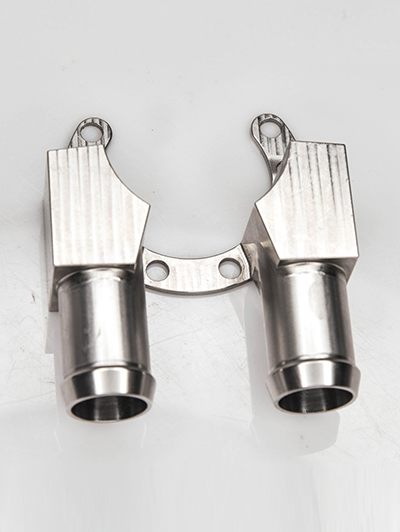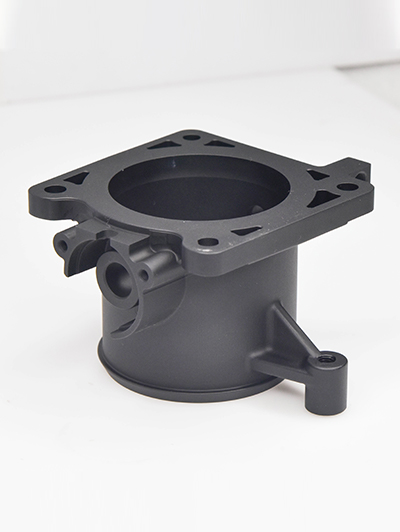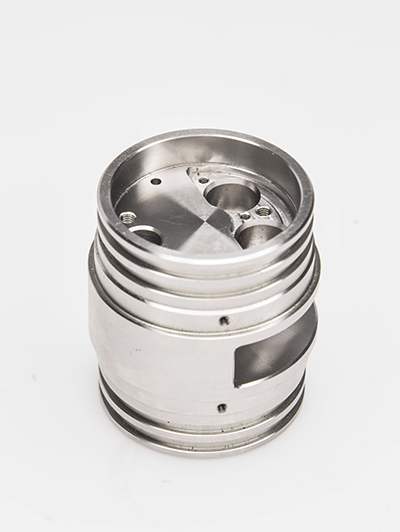Information
Autonomous Driving Radars | Mirror Surface Ultra-Precision Machining (Ra≤0.1μm)_ 20% Longer Detection Range
Autonomous Driving Radars | Mirror Surface Ultra-Precision Machining (Ra≤0.1μm): 20% Longer Detection Range
The world of autonomous driving technology is evolving at a rapid pace, and one of the key components driving this advancement is the radar system. Autonomous driving radars play an essential role in ensuring that vehicles can detect obstacles, measure distances, and navigate safely in complex environments. To achieve this, radar systems require high-quality, ultra-precise machining processes that enable them to deliver superior performance. One such innovation is the mirror surface ultra-precision machining process, which has been proven to increase the detection range by up to 20%.
Why Precision Matters for Autonomous Driving Radars
Autonomous vehicles rely heavily on radar technology to detect objects, map the surroundings, and make real-time decisions. As these vehicles need to operate in various environments, radar systems must be able to function under different weather conditions, lighting scenarios, and road complexities. This is where precision engineering becomes vital.
Radar systems are made up of various components, including antennas and sensors, which need to be finely tuned to ensure optimal performance. The machining process of these components directly influences the radar’s efficiency and, ultimately, the safety and reliability of autonomous driving systems.
The Importance of Mirror Surface Ultra-Precision Machining
Mirror surface ultra-precision machining is a specialized technique used to achieve extremely fine surface finishes, with Ra values as low as 0.1μm. The Ra value refers to the average roughness of a surface, and a lower Ra means a smoother surface. When it comes to radar components, smoothness is critical for several reasons:
Reduced Signal Interference: A smooth surface ensures that radar signals are transmitted and received without interference, which is crucial for accurate object detection. Improved Reflection Efficiency: The smoother the surface, the better the radar waves will reflect, enhancing the radar’s detection capabilities and reducing the chances of signal loss. Increased Durability: With precision machining, radar components are less prone to wear and tear, ensuring that they maintain their high performance for longer periods of time.20% Longer Detection Range with Mirror Surface Ultra-Precision Machining
One of the most significant advantages of mirror surface ultra-precision machining is the improvement in the detection range of the radar system. By reducing surface roughness (Ra≤0.1μm), the radar components experience enhanced signal clarity and better reflection. This translates to a significant improvement in the radar’s ability to detect objects from longer distances—up to 20% farther than traditional machining methods.
Longer detection ranges are crucial for autonomous driving systems, as they provide more time for the vehicle to react to obstacles, which can be the difference between avoiding a collision and a potential accident. Additionally, a longer detection range allows autonomous vehicles to operate more safely at higher speeds and in more complex driving conditions.
Applications of Mirror Surface Ultra-Precision Machining in Autonomous Driving Radars
Mirror surface ultra-precision machining is used in the production of various radar components, such as the radar housing, antennas, and sensor systems. These components require high levels of precision to ensure they function effectively in detecting objects such as pedestrians, other vehicles, road signs, and traffic lights. The improved detection range and enhanced performance offered by precision machining are especially valuable in scenarios where the radar needs to detect objects from greater distances, such as highway driving or when navigating busy urban streets.
Other Benefits of Precision Machining for Autonomous Driving Technologies
The benefits of ultra-precision machining extend beyond radar systems. Autonomous vehicles rely on various other high-performance technologies such as LiDAR sensors, cameras, and electronic control units. By using precision machining techniques, manufacturers can ensure that all components of the vehicle’s sensor suite are optimized for maximum performance.
Moreover, precision machining can also enhance the overall quality of the vehicle, ensuring that all components work in harmony, which is essential for the safe and efficient operation of autonomous vehicles.
Conclusion: Leading the Future of Autonomous Driving with Ultra-Precision Machining
As the automotive industry moves toward fully autonomous vehicles, technologies such as radar systems are critical to ensuring the safety and reliability of these vehicles. The mirror surface ultra-precision machining process (Ra≤0.1μm) plays a crucial role in enhancing the performance of radar systems, providing up to a 20% increase in detection range and improving overall radar effectiveness.
By choosing ultra-precision machining for radar components, manufacturers can create more advanced and reliable autonomous driving systems that will help pave the way for safer, more efficient roadways. Precision machining is not just a process—it's a key element in the future of autonomous driving.
If you're looking to incorporate ultra-precision machining into your radar systems or any other components for autonomous vehicles, contact us today. Our advanced machining capabilities and expert knowledge ensure that we can meet the high demands of the automotive and autonomous driving industries, providing you with superior parts that enhance your products’ performance.
Enhancing Efficiency in Aerospace Technologies
1. Implementing advanced automation and robotics: By utilizing automated systems and robotics in aerospace technologies, tasks can be performed more quickly and accurately, leading to increased efficiency. This includes automated systems for manufacturing, inspection, maintenance, and handling of materials.2. Adopting digital twin technology: Digital twin technology allows for real-time monitoring and simul...
Cutting-edge Machining of Unique Materials
Advancements in technology have allowed for the cutting-edge machining of unique materials that were previously difficult to work with. This has opened up new possibilities for manufacturing industries, allowing for the production of components and products that were once thought to be impossible.One such material that has benefited from cutting-edge machining techniques is carbon fiber. Carbon fiber is a l...
Enhancing Efficiency in Aerospace Technologies
1. Implementing advanced automation and robotics: By utilizing automated systems and robotics in aerospace technologies, tasks can be performed more quickly and accurately, leading to increased efficiency. This includes automated systems for manufacturing, inspection, maintenance, and handling of materials.2. Adopting digital twin technology: Digital twin technology allows for real-time monitoring and simul...
Cutting-edge Machining of Unique Materials
Advancements in technology have allowed for the cutting-edge machining of unique materials that were previously difficult to work with. This has opened up new possibilities for manufacturing industries, allowing for the production of components and products that were once thought to be impossible.One such material that has benefited from cutting-edge machining techniques is carbon fiber. Carbon fiber is a l...
Shape accuracy detection
In addition to dimensional accuracy, the shape accuracy of the parts cannot be ignored. Detect shape errors such as roundness, cylindricity, and flatness of parts using equipment such as roundness meters and contour meters. For example, when processing high-precision bearing rings, the accuracy of roundness and cylindricity directly affects the rotational accuracy and service life of the bearing.
Dimensional accuracy testing
Using advanced measuring tools and techniques, such as coordinate measuring instruments, optical imagers, etc., to accurately measure the dimensions of parts. For precision parts, dimensional tolerances are usually controlled at the micrometer level, so high-precision measuring equipment is required to ensure the accuracy of the test results. For example, when processing precision molds for mobile phone chi...
- +86 13603025252
-

WhatsApp
- info@jiujucnc.com





